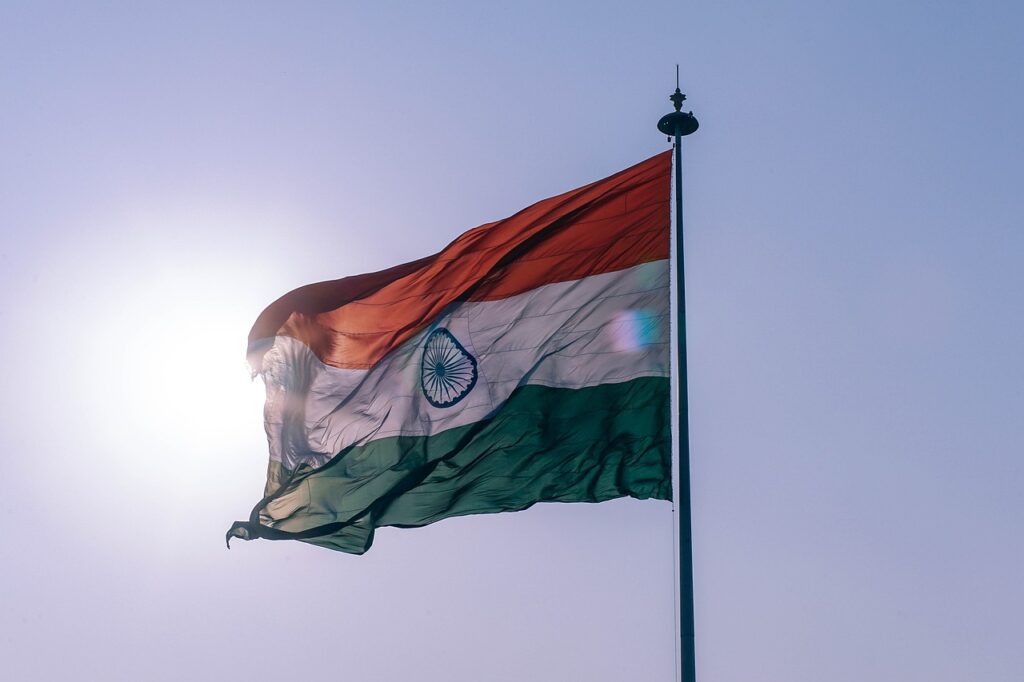Indian history is vast and spans thousands of years, marked by diverse cultures, civilizations, and significant events. Here’s a brief overview of key periods in Indian history:

Indus Valley Civilization (c. 3300–1300 BCE):
- Flourished in the northwest of the Indian subcontinent.
- Advanced urban planning, drainage systems, and trade with Mesopotamia.
- Major cities: Harappa and Mohenjo-daro.
- Decline around 1300 BCE, reasons uncertain.
Vedic Period (c. 1500–500 BCE):
- Aryan migrations brought Vedic traditions and the Rigveda.
- Formation of early states known as Mahajanapadas.
- Development of early Hinduism and caste system.
Maurya Empire (c. 322–185 BCE):
- Founded by Chandragupta Maurya, expanded by Ashoka.
- Ashoka’s conversion to Buddhism and promotion of dharma.
- Decline post-Ashoka’s rule.
Gupta Empire (c. 320–550 CE):
- Known as the “Golden Age” of ancient India.
- Advances in science, mathematics, art, and literature.
- Hindu revival and the spread of Buddhism.
Medieval Period (c. 600–1707 CE):
Early Medieval Period:
- Emergence of regional kingdoms and dynasties.
- Arab invasions, establishment of Delhi Sultanate in 1206.
Delhi Sultanate:
- Five successive dynasties ruled over northern India.
- Tughlaq dynasty’s administrative reforms and challenges.
Mughal Empire (1526–1857):
- Founded by Babur after the Battle of Panipat (1526).
- Akbar’s reign marked by cultural flourishing and religious tolerance.
- Shah Jahan’s construction of the Taj Mahal.
- Decline during Aurangzeb’s rule and rise of regional powers.
Colonial Period (1600s–1947):
European Arrival and East India Company:
- British, Dutch, Portuguese, and French trading companies.
- British East India Company gained control, starting in the 18th century.
British Raj:
- Formalization of British control after the Indian Rebellion of 1857.
- Economic exploitation, social changes, and cultural impact.
- Movements for independence led by figures like Mahatma Gandhi.
Independence and Partition (1947):
- India gained independence on August 15, 1947.
- Partition into India and Pakistan, leading to communal violence.
- Adoption of the Indian Constitution in 1950.
Post-Independence Period:
- Nehruvian era focused on socialist policies and non-alignment.
- Economic liberalization in 1991 under Prime Minister Narasimha Rao.
- Growth in technology, economy, and global influence.
Recent Years:
- India continues to be a vibrant democracy with a diverse cultural landscape.
- Economic growth, technological advancements, and urbanization.
- Ongoing social challenges, regional tensions, and environmental concerns.
This overview provides a glimpse into the rich and complex history of India. The country’s history is characterized by cultural diversity, societal transformations, and a continuous quest for identity and progress.
